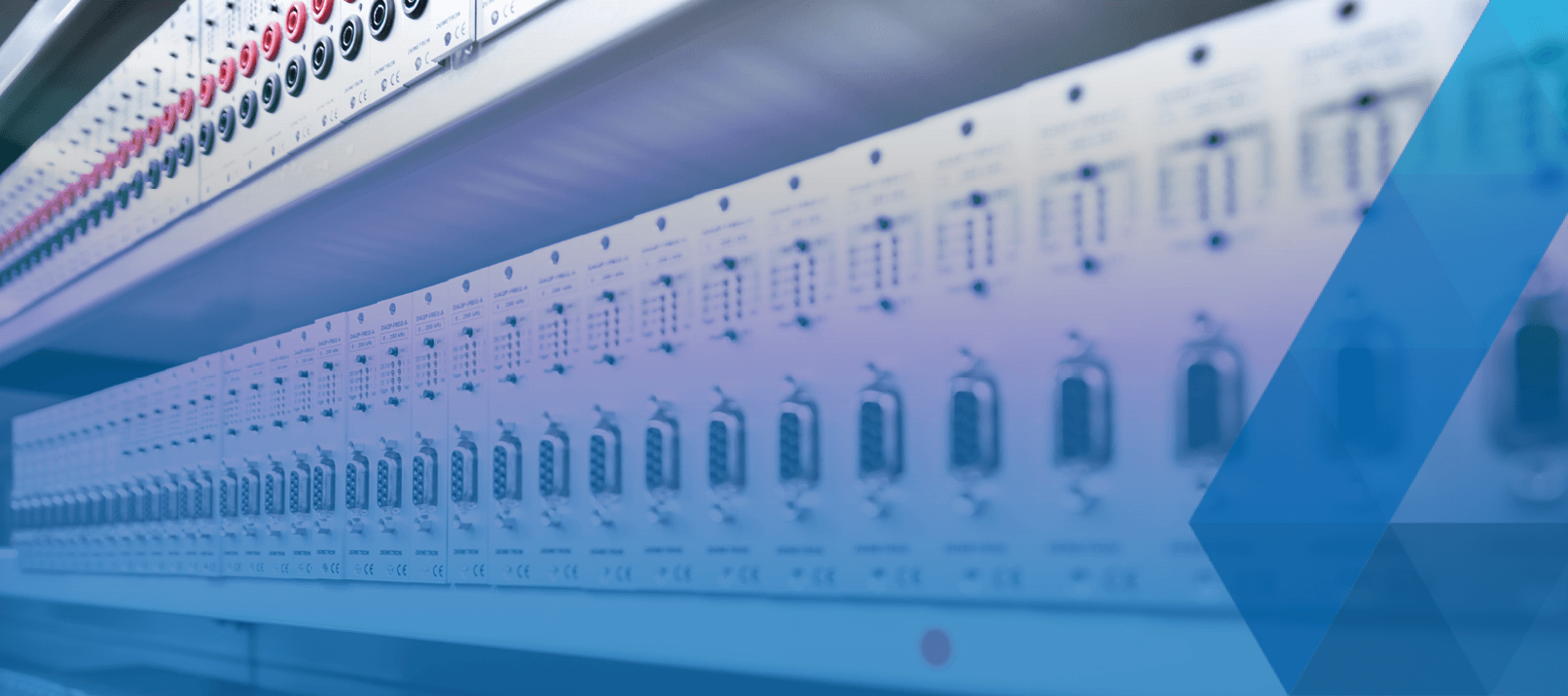Design of complex measurement systems

Thinking about our daily life, technology influences us very often. No matter if we check our mails on our smartphone, track our sports activities via smartwatch or connect our TVs with WiFi to stream a movie. Besides using those gadgets to make life easier, it is vital to also keep up with ever-changing requirements in technological industries. Companies need to continuously improve to keep up with competitors and meet the customer’s requirements. One consequence of meeting customer expectations is that measurement systems also become more complex. Modern measurement systems must be capable to get all the required information and cover all the demands. Such complex measurement systems also bring many challenges along. Therefore, it is worth knowing some basics of measurement technology that you should consider.
Different sensors to use for complex measurement systems
To get all relevant data for significant measurement results, you need to measure a plurality of parameters. Voltage, current, temperature, speed, torque, stress and strain are only a few parameters that you can measure. Each of them requires different sensors. While being able to measure the necessary parameters, you should also try to keep the measurement system as compact as possible. In the best case, the hardware should support multiple different sensors. In that way, restrictions are avoided, and the measurement system can be adjusted to changing applications and needs.
IEPE® sensors, temperature sensors, strain gauges and rotational encoders are just some examples of different sensor types that you can use for your measurement task. Each sensor type works differently and needs to be integrated into the measurement system in a different way. Also, the sensor supply that guarantees that the sensors work properly, is a very important factor to consider. Especially when working with zero-flux transducers, a redundant sensor supply is recommended to keep up the sensor supply even during a failure of the power supply chain.
Do you want to know the functionality of the different sensor types? We have described them in detail in our latest whitepaper.
Remote control of complex measurement systems
One important feature to use in combination with complex measurement systems is the remote control. Often, measurement systems are divided into several sub-systems that are situated in different locations. As those are difficult to handle, you can make your measurement task easier by using a remote control. This for example allows you to start/stop the measurement, load/save a setup or name a data file before recording.
Various interfaces, like VNC (Virtual Network Computing), SCPI (Standard Commands for Programmable Instruments), Datastream, XCP or EtherCAT support remote control. Which one to use depends on the measurement requirements.
Parameters to consider
What does the sample rate, Nyquist theorem, data throughput and storing rate do? And what is oversampling? When working with measurement devices, those specifications are worth to know. Finding the right sample rate ensures that the measurement device can reconstruct the signal correctly.
Additionally, you should choose the right bus to ensure the highest possible data throughput for your measurement task.
Complex measurement systems, sensor types, remote control, sample rate…
We guess that has been a lot of information for you. Do you want to learn more about those fundamentals and especially about complex measurement systems in general? Then we have good news: Verena, one of our Application Engineers, has written a new whitepaper! It deals with the mentioned topics and also explains some other useful functionalities of our measurement devices.





